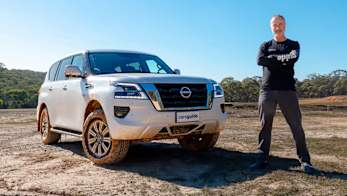The current Ford Everest has earned numerous awards and widespread praise from the motoring media since its release in 2015. So it's unsurprising that In 2018, with more variants being available at lower price points, the Everest has enjoyed a sales surge of more than 50 per cent compared to the same time last year, and it now holds a much healthier five per cent share of the large under-$70K SUV market.
Even so, its sales still fall way short of Toyota’s dominant segment leader, the Prado, which commands more than 16 per cent of the market. Given the runaway success of Ford’s multi-award-winning Ranger ute, which was Australia’s top-selling 4x4 in 2017 (and from which this SUV is derived), the Everest’s relatively small sales raise questions about differing buyer preferences between Australia’s ute and SUV segments.
Given this apparent disparity between Ranger and Everest desirability, we thought it timely to take a fresh look at the 2018 Ford Everest range in search of some answers.
Ford Everest 2018: Ambiente (rwd 7 Seat)
| Engine Type | Diesel Turbo 5, 3.2L |
|---|---|
| Fuel Type | Diesel |
| Fuel Efficiency | 8.5L/100km (combined) |
| Seating | 7 |
| Price From | $43,560 - $50,710 |
| Safety Rating |
|
Does it represent good value for the price? What features does it come with?
8 / 10
Like the Ranger on which it’s based, the Everest offers a choice of 4x2 or 4x4 drivetrains (or RWD and 4WD in Ford speak) but differs from its ute sibling in offering only one engine (a 3.2-litre five-cylinder turbo-diesel) and one transmission (a six-speed automatic) with no manual option.
The introduction of RWD variants in 2017 was an important step in broadening the Everest’s potential buyer base, as for the first time it dropped the entry price below $50,000. The Everest comes in three model grades, comprising the entry-level Ambiente, mid-level Trend and top-level Titanium.
The Everest range kicks off with the standard five-seat Ambiente RWD ($47,990), or there's an optional seven seater which adds $1000 for the third row of seats ($48,990). The Ambiente is also the most affordable 4WD variant, with the standard five seater starting at $52,990 and the optional seven seater also adding $1000 for the extra pew ($53,990).
Both model grades above Ambiente come with seven seats (no five-seat option) starting with the Trend RWD at $53,990, which is the same price as the Ambiente 4WD seven-seater. Next rung up is the Trend 4WD at $58,990 before a substantial leap to the top of the price ladder for the premium grade Titanium, which is available only in 4WD for $74,701.
Is there anything interesting about its design?
9 / 10
The Everest is a heavy duty off-roader with impressive comfort and refinement. It shares much of the Ranger’s architecture including the ute’s rugged body-on-frame construction, independent coil spring front suspension (with revised spring/shock absorber settings), electric power-assisted rack and pinion steering (but with no steering wheel reach adjustment like the Ranger) and most of the front sheet metal and interior design (also with minor variations).
However, there are some major differences beyond its handsome and well-proportioned five-door wagon body. The Everest rides on a shortened version of the Ranger’s ladder-frame chassis, resulting in a 2850mm wheelbase which is 370mm shorter. Ranger and Everest also share live rear axles, but the Everest has smoother-riding coil springs and multi-link location in preference to the Ranger’s more utilitarian leaf spring set-up.
The Everest also has rear disc brakes, rather than the ute’s drums, and a full-time dual-range 4x4 drivetrain, as opposed to the Ranger’s more conventional part-time system (see Engine and Transmission).
The Everest’s key dimensions across the range include length of 4892mm, width of 1860mm and height of 1837mm, with a compact 11.7 metre turning circle. Excellent off-road credentials include a benchmark 800mm wading depth plus 225mm ground clearance, 29.5-degree approach angle, 25.0-degree departure angle and 21.5-degree ramp break-over angle.

All Everests are equipped with what Ford calls Active Noise Cancellation (ANC). Inspired by noise-cancelling headphones, ANC uses three microphones which are claimed to detect and measure engine noise inside the cabin then cancel it out with opposing sound waves. We can’t verify if it works as claimed, apart from noting that the Everest is impressively quiet inside, except when the loping turbo-diesel is revving hard, which isn't often.
Driver and front passenger comfort is good across all grades, with the Titanium offering the greatest luxury - as you’d expect. There’s seating for up to three adults with limited shoulder room on the 60/40 split-fold second row, but long journeys could become uncomfortable, particularly for the middle passenger who has less headroom and a leg on either side of the large transmission tunnel.

The second row works better as a two-seater with adequate leg, shoulder and headroom, even for tall passengers, plus a fold-down centre armrest. The split seat back also folds flat to extend the load area if required. The third row of seating in seven-seater models, which also folds flat, is unacceptably tight for adults and so is better suited to kids.
Ford also offers a large range of factory-approved accessories which include nudge and bull bars, roof racks, cargo barriers, bike racks, air intake snorkels, CB radios and more.

How practical is the space inside?
8 / 10
The lightest model in the range is the Ambiente RWD, with a kerb weight of 2239kg, and the heaviest is the Titanium 4WD with its extra 255kg of luxury increasing its weight to 2494kg. These increasing kerb weights result in decreasing payload ratings, with the Ambiente 4WD having the largest payload in the range (757kg) while the Titanium 4WD has the smallest (606kg).
All Everests are rated to tow up to 3000kg of braked trailer. The 4WD models have a GCM (Gross Combined Mass) of 5800kg while RWD models are rated at a lower 5700kg figure. However, if you were to tow the maximum 3000kg with an Ambiente RWD, that would leave a legal payload of 461kg. Tow 3000kg with the heaviest Titanium and you’re left with only 306kg.
Fortunately, most folks don’t need to tow 3000kg. A trailer weighing, say, 2500kg would instantly give you back 500kg of payload capacity, so if you’re interested in an Everest carefully do your sums on proposed trailer weights to make sure you’re not left with an impractical legal payload when towing.
The internal cargo volume (up to roof height) starts at 450 litres behind the third row of seats (where fitted). With the third row folded flat, the cargo volume expands to 1050 litres behind the second row. Fold that flat as well and the cargo volume behind the front seats expands to a substantial 2010 litres. That’s more than two cubic metres of load volume when needed, which showcases the versatility of its interior layout.
There’s also four anchorage points for securing loads and a variety of handy storage pockets hidden beneath the load floor. Ford claims a total of 30 internal storage areas for all grades equalling 48 litres alone. These include a bottle holder and pocket in each front door plus an inset storage tray in the centre dash pad, single glovebox and centre console with front cubby, two cup holders and a storage box with padded lid which doubles as an arm rest.
Second row passengers also get a bottle holder and storage pocket in each door plus flexible pockets on the rear of each front seat. There’s also a pop-out dual cup holder in the fold-down centre arm rest when there’s only two passengers. Third row passengers also get their own bottle holder and outboard armrest.
What are the key stats for the engine and transmission?
9 / 10
All Everests are equipped with the same TDCi 3.2-litre inline five-cylinder turbo-diesel as the Ranger, but the Everest version meets the tougher Euro 6 emission standards with its Selective Catalytic Reduction (SCR) using Ad Blue. The cleaner exhaust pipe results in a slight reduction in power, though, with the Everest’s 143kW at 3000rpm being 4kW short of the Ranger’s 147kW. Torque, however, is the same, with a bountiful 470Nm between 1750-2500rpm.

All Everests share the same intelligent six-speed automatic and 3.73:1 final drive ratio. This sweet-shifting transmission is well calibrated to suit the engine’s low-revving characteristics, with overdrive on fifth and sixth gears to ensure the best economy at highway speeds. It also has a sport mode which allows manual sequential shifting, which is handy when carrying heavy loads or towing in hilly country.
All 4WD models feature a unique full-time drivetrain Ford calls the Terrain Management System (TMS). A centre differential or ‘active’ transfer case optimises the torque split between front and rear wheels to provide maximum traction at all times. TMS also offers the option of high and low range with 2.72:1 gear reduction, four different drive settings (Normal, Mud/Grass/Snow, Sand and Rock) and an electronic locking rear differential. There’s also Hill Launch Assist and Hill Descent Control. Needless to say, the Everest 4x4 is a well-equipped and competent off-roader.
How much fuel does it consume?
8 / 10
Ford claims an official combined figure of 8.4L/100km for RWD models and 8.5 for the slightly heavier 4WD variants. The only RWD we tested was the mid-grade Trend, which based on trip meter and fuel bowser readings achieved 10.7L over a variety of roads and loads. The entry level 4WD Ambiente returned a slightly better 10.6L while the premium grade Titanium 4WD returned an identical best figure of 10.6L and worst of 12.3L, which was also the exact figure shown on the dash readout. So, based on those numbers, you could expect driving ranges of about 750km for RWDs and 650km for 4WDs from the 80-litre tank.
What's it like to drive?
9 / 10
Although there’s more than 250kg difference in kerb weights between the lightest Ambiente RWD and heaviest Titanium 4WD, you don’t notice the difference behind the wheel. All Everests feel surprisingly compact and agile in city and suburban driving, with handling dynamics and overall ride quality that belie the 2.2-tonne-plus kerb weights and relatively tall stance.
Ford has done a commendable job in making a heavy-duty off-roader such a good looker and so easy to live with as a daily driver. Although the 3.2-litre turbo-diesel has a low-revving, almost relaxed character, it never feels sluggish around town as its ample 470Nm of torque combined with the lower gears provide brisk acceleration from standing starts. It's over-driven fifth and sixth gears ensure economic highway cruising, too, at peak torque values, with only 1750rpm at 100km/h and 2000rpm at 110km/h.
The variable-ratio electric power steering, which is finger-light at parking speeds but gets firmer and more responsive as speeds rise, is one of the best in the business, and the four-wheel discs provide strong and consistent braking regardless of load. Even with seven passengers on board, it still doesn’t feel ponderous through corners and maintains its impressive composure.
We have driven the Everest 4WD off-road on several occasions and can’t fault its performance, thanks to fundamentally sound design and engineering backed by a suite of electronic driver aids designed to help even the most inexperienced driver safely conquer rugged terrain.
We have also towed a 2.7-tonne dual-axle caravan, and thanks to the Everest’s proven engine/transmission combination, short rear-axle-to-towball reach and electronic trailer sway control, it’s an excellent tow vehicle. The coil-spring rear suspension is well designed for this task, maintaining a near-level ride height for vehicle and trailer without the need for a weight distribution hitch.
Warranty & Safety Rating
What safety equipment is fitted? What safety rating?
8 / 10
All Everests have the maximum five-star ANCAP rating and a suite of passive safety features including driver and front passenger airbags, side front airbags, driver’s knee airbag and side curtain airbags which also cover the optional third row of seating.
They also share the same active safety features with a dynamic stability control menu that includes roll-over mitigation, trailer sway control, traction control, emergency assistance, emergency brake assist, hill launch assist, hill descent control, rear view camera, rear parking sensors but no AEB.
Higher-spec models get extra safety like adaptive cruise control with forward collision alert, lane-keeping system, blind spot monitoring with cross-traffic alert, active park assist and tyre pressure monitoring.
The second row seating in all grades has three child seat anchorage points with ISOFIX on the two outer positions, while seven-seat models get an extra pair of anchorage points in the third row (or five in total).
What does it cost to own? What warranty is offered?
8 / 10
You're looking at five years/unlimited kilometres for new vehicles collected from May 1, 2018. Service intervals are 15,000km or 12 months, whichever occurs first. Capped-price servicing costs vary from $400 to $570 per scheduled service.
Verdict
There is little to dislike about the Ford Everest. It’s competitive with the segment-leading Toyota Prado on price, features, technology and tow ratings, and offers superior engine performance, sharper ride and handling and a more engaging driving experience. It’s also a competent off-roader, tow vehicle, urban all-rounder and, for our money, a better looker, too. And it offers a RWD variant for under $50K.
As a result, we can’t pinpoint why it’s not a closer sales competitor to the Toyota Prado, as its closely related Ranger sibling is to the Toyota HiLux in the ute division. It’s obviously a combination of factors in the minds of buyers, like any vehicle choice. Even so, the Everest remains a standout in the large SUV class that’s certainly worthy of serious consideration and a decent test drive.
Is the Ford Everest on your family-sized SUV shopping list? Tell us in the comments below.
Pricing Guides



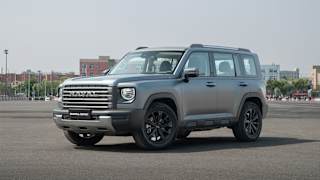

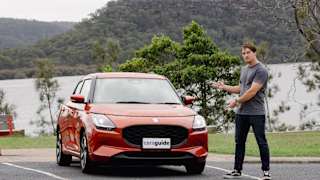
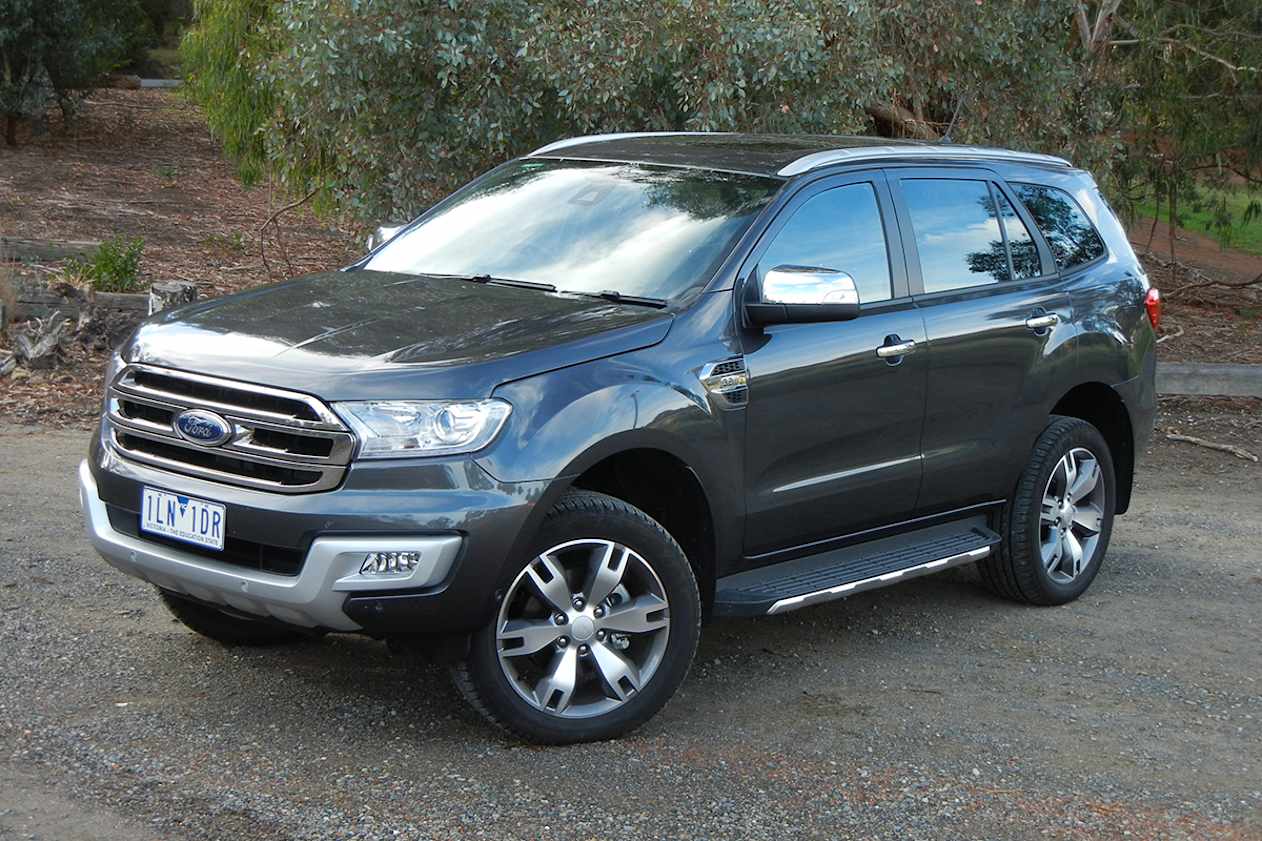
.jpg)
































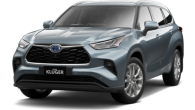



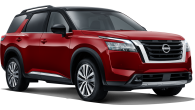








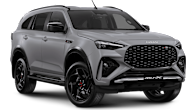



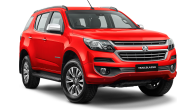







.png)

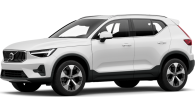






.png)


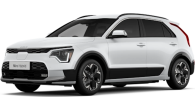
.jpg)


.jpg)

.jpg)
